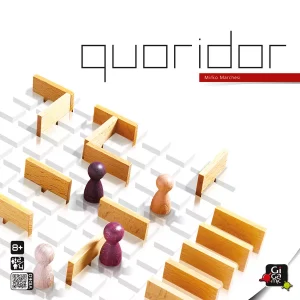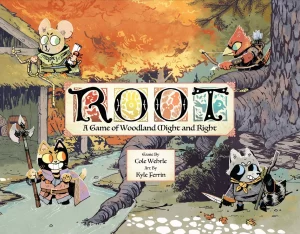 Tom had been on me for years to give Quoridor a try and I finally did. I’m really surprised it’s apparently not some classic game from antiquity. The rules are so simple and yet the strategic complexity is so high.
Tom had been on me for years to give Quoridor a try and I finally did. I’m really surprised it’s apparently not some classic game from antiquity. The rules are so simple and yet the strategic complexity is so high.
You and your opponent(s) are each a single pawn on a 9×9 grid, starting from opposing edges. Your objective is simply to get to the other side. Each turn you can move one cell in a cardinal direction or place one of a limited number of walls two spaces long. Walls can never be placed to completely cut someone off from their goal edge. If another pawn is adjacent you can hop over them. That’s pretty much literally it.
But within that short list of rules is a ton of strategy and tension. A reflection of how good it is, Quoridor is completely abstract but for me strongly evokes a classic duel. It’s gunfighters sidestepping in the circle at Sad Hill Cemetery, wary of committing but also of being slow on the draw—felt in the cautious moves to the center or sides. It’s wuxia masters facing off in a courtyard, fighting an entire battle solely in their minds—felt in the mental attacks and blocks made in placing walls all around the board as the pawns sit idle and stare at each other.
Certainly not everybody’s kind of game, in large part because of that tension. Nor is it necessarily a game to play all the time forever, not least due to the abstraction. But Quoridor is a masterpiece of elegant game design.

